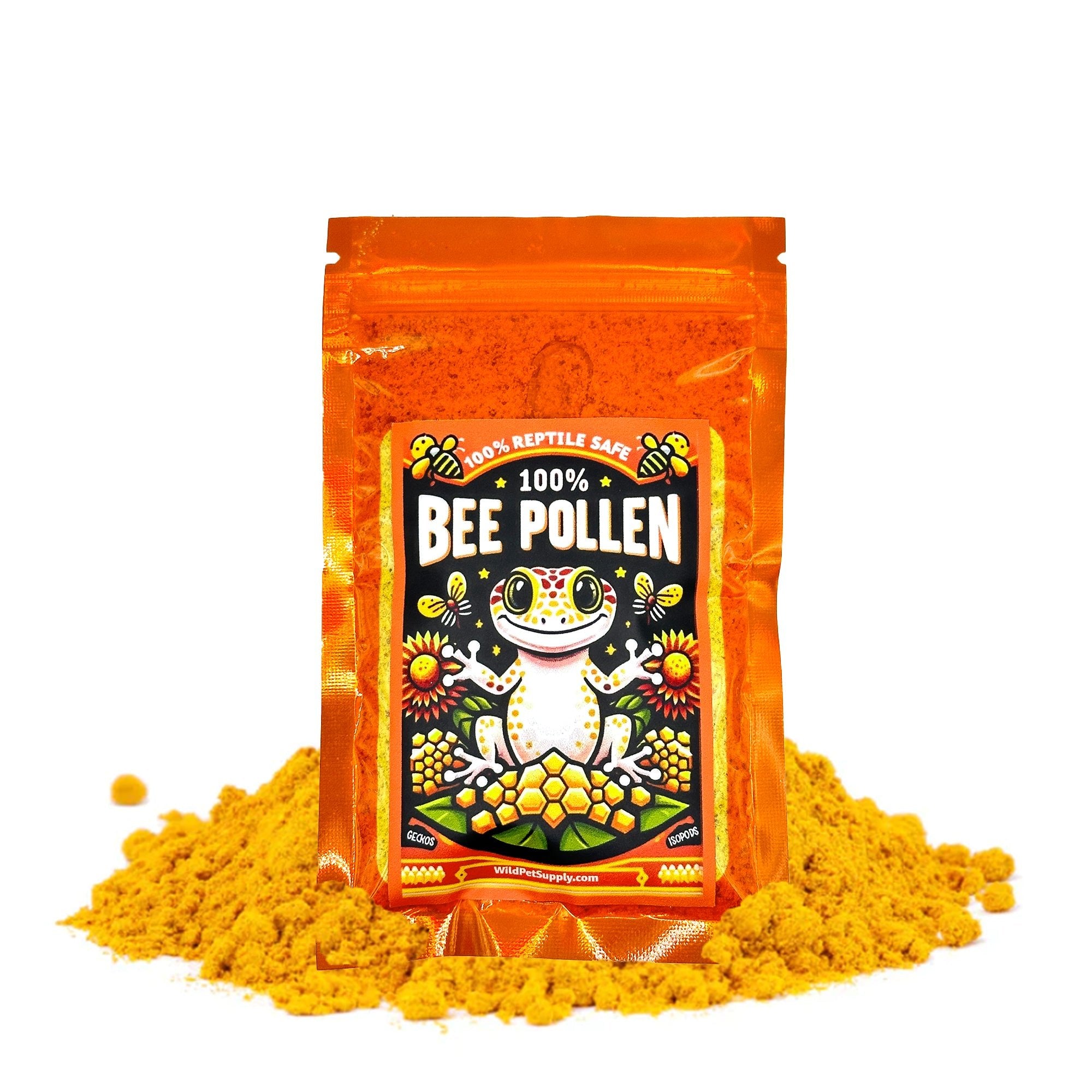
SNAIL CARE TIP SHEET
We sell multiple snails on our website and this care is mostly universal between the land snail species. This can be used with our Helix Aspersa snails as well as our Bulimulus snails.
Handle with care….the smaller the snail the thinner and more delicate the shell.
They like moisture so keep a spray bottle with water available and a small dish of water. A lid from a mayo jar is plenty big enough.
Snail Basics:
Snails are mollusks, distantly related to squid, clams, cuttlefish and oysters. Specifically, they’re gastropods, along with limpets, slugs and others. Unlike slugs, snails can retreat into their shells when necessary, so they won’t die immediately in dry conditions. They can even seal themselves up and become dormant for a while. However, their skins are not waterproof and so they much prefer damp environments, which is why you often see snails emerging after rain. Most, although not all, land snails are herbivores, munching their way through a variety of plant material, including leaves and fruit.
Snails, as pets, require very little attention. Their upkeep is easy. Taken care of properly, pet snails are hardy little creatures who can live up to 10 plus years. Snails thrive happily alone or in small groups, and are not territorial over space or food. They are most active at night when they roam around and eat.
Habitat
A snail requires a clean and damp environment that is not too cramped. A large jar is big enough for a small species; a bigger snail will require an aquarium or a large plastic container. Cover your snail's habitat with a well-fitting lid that allows air to ventilate through; a snail will escape if the ventilation holes are too big. Line the bottom of the habitat with a mixture of compost, peat substrate and moss. Supply your snail home with some large leaves and some branches to climb.
Diet
Terrestrial snails are herbivorous. In the wild they consume bark, leaves, vegetables, fruit, fungi and algae. Feed yours fresh fruit and vegetables daily, making sure to remove leftovers from the tank before they begin to rot. Choice veggies are cucumbers, leafy greens including lettuce, apples and wild flowers such as dandelions. Wash store-bought veggies to remove pesticides and chemicals. Snails also require a source of calcium for their shells; provide a small piece of cuttlefish bone or chalk or calcium pills from the dollar store. 600 mg plus vit D. Since I raise a lot of snails I save my egg shells and let them dry out for a couple of weeks, then grind them to a fine powder in a clean coffee grinder. Also provide a small saucer of bottled or filtered fresh water as needed.
Routine Care
Snails need moisture. Mist the habitat every day with water to provide a humid environment. Remove vegetation that has not been eaten from the day before, and open the lid of the aquarium to vent out carbon dioxide. Twice a month, clean out the entire aquarium, removing old substrate and feces, and wipe down the container with hot water; do not use soap or cleaning chemicals. Allow the aquarium to air dry before rehoming your snails.
If you don’t want your snails to lay a ton of eggs then keep your soil / substrate level very shallow …..no more than 1/8 to 1/4 inch deep. They like to bury down in order to lay eggs.
- Choosing a selection results in a full page refresh.








